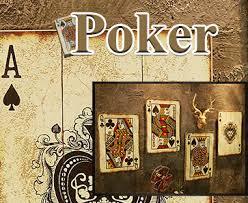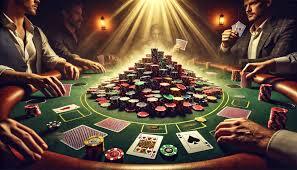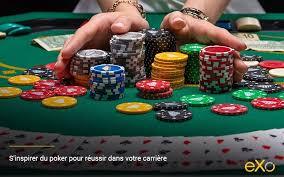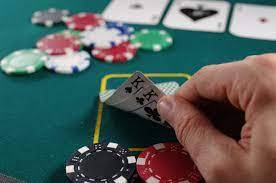Poker has long been a popular card game, whether in casual home games or serious tournaments. One of the most essential pieces of equipment that can elevate the experience is the poker table itself. While any flat surface can technically work for a game of poker, investing in the right poker table can make a significant difference in comfort, convenience, and style. Here’s a guide to help you select the perfect poker table for your needs.
Types of Poker Tables
- Standard Poker Tables
A standard poker table is typically round or oval, designed for 8 to 10 players. These tables often feature a built-in cup holder and a padded rail for comfort during long games. They come with a felt or cloth surface to ensure the cards glide smoothly. - Folding Poker Tables
If you’re tight on space or need portability, folding poker tables are a great option. These tables can be easily set up and stored away, often with a surface similar to that of a standard table. While they might not offer the same level of luxury as non-folding models, they are practical for casual games. - Tabletop Poker Mats
For those who already have a dining or card table but want to give it a poker feel, a tabletop poker mat can be a budget-friendly option. These mats lay directly on your existing table, providing a felt surface and designated areas for players, betting, and cards. - Tournament-Style Poker Tables
For serious players or those hosting large tournaments, tournament-style poker tables are the way to go. These tables often come with built-in features like chip trays, dealer positions, and sometimes even digital displays to track the game. They are designed for professional-level play and may come with a higher price tag.
Materials and Build Quality
The construction of a poker table affects its durability and aesthetic appeal. Most high-quality tables are made of wood, with some opting for a solid hardwood base to ensure sturdiness. The table’s playing surface is usually made of felt, which can vary in texture and design. For a luxury feel, some tables feature leather or vinyl upholstery along the edges.
A well-constructed poker table will have rounded corners, a padded rail, and a durable surface that can handle regular use. If you’re looking for a table that will last for years, it’s important to consider these factors when shopping around.
Size and Shape Poker Table
When choosing a poker table, consider how many players you typically have. Standard tables are around 84 inches in length, but tables designed for fewer players, such as 4-player versions, will be smaller. The shape of the table can also affect the dynamic of your game—oval or round tables encourage a more social setting, while rectangular tables often feel more professional.
Comfort Features Poker Table
Poker nights can stretch for hours, so comfort is key. Many poker tables come with padded rails that allow players to rest their arms during the game. These padded edges prevent discomfort and add a touch of luxury to the experience. Cup holders are another common feature, preventing spills and keeping your drinks within easy reach.
Cost Considerations Poker Table
Poker tables can range from affordable options under $100 to high-end models costing several thousand dollars. The key is to balance your budget with the features that are most important to you. If you’re a casual player, a folding table or tabletop mat might be sufficient. But for those who host poker nights frequently or enjoy a more immersive gaming experience, investing in a high-quality, custom-built poker table could be worth it.
Conclusion
A poker table is more than just a place to play cards; it’s an essential part of the experience. Whether you’re looking for a practical folding table, a stylish standard model, or a professional-grade tournament table, there’s an option for everyone. By considering factors like size, material, comfort, and cost, you can choose the perfect poker table to enhance your game nights for years to come.





